By Laura Dietzold, Architecture BSc
When you think about women in the built environment what is the first thing that comes to mind?
It is no secret that women in this field, including, urban planning, landscape design, architecture, engineering, construction etc are given much less of a platform than their male counterparts. Though much is changing many biases still remain and statistics demonstrating the unequal representation of women in the field, especially in higher leadership roles persist. Particularly, women from non-western countries are discussed even less. While Europe continues to get treated as the ‘global standard’ or ‘default’ in terms of technology, style, and aesthetic everything non-conforming to this is automatically questioned for credibility and worth.
Even in our very own lectures at the Bartlett, such as for construction technology, women, distinctly women from the global south remain in the minority of engineers, architects and urban planners taught to us students. My peers and I noticed how only around 4 women were mentioned in a period of 5, 2-hour lectures and only 1 or 2 engineers or architects of colour, while around 15 different male engineers and architects were mentioned in one lecture alone. I refuse to believe that the reason for this is a lack of examples or work done by women that is worth mentioning.
Women play a crucial role in shaping the built environment and breaking the ‘norms’ and ‘standards’ created in this field, which dictate not only the way we perceive the built environment but also how we interact with it. Studying women is crucial for understanding how this field has progressed over time as well as learning where it is headed.
Star architects
Many know about Zaha Hadid and her groundbreaking career in architecture, however, have you heard of Olajumoke Olufunmilola Adenowo and Yasmeen Lari?
Becoming a star-architect is an impressive accomplishment in the field of architecture. After all global recognition and admiration for architectural work is something anyone in the field would want to achieve (though some may prioritise it more than others). However, many important figures are wishing for its demise, criticising the idea of a star architect for its imperialistic ideals and extremely limited acknowledgements of the highly interdisciplinary teams that make these buildings a reality.

Olajumoke Olufunmilola Adenowo
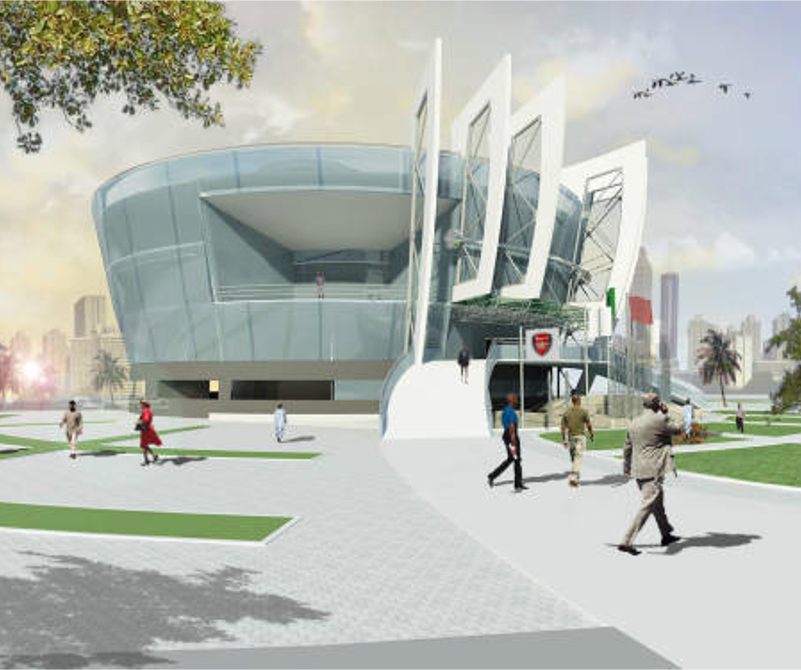
Design by Olajumoke Olufunmilola Adenowo
While I agree with these criticisms, the following women have made me question the roles star architects can have. Olajumoke has more recently been discussed as being Africa’s Starchitect, a Nigerian architect who has started their own architecture and interior design consulting firm in 1994. However, not only is she an architect, she also embodies the role of a leader and activist for equality in the field. She is a public speaker, radio host, author, entrepreneur and philanthropist adding to the role of a ‘starchitect’.
Additionally, Yasmeen Lari, is a Pakistani architect who was considered a ‘starchitect’ for many years and was a recipient of the Jane Andrew award. However, she now claims to have changed course in her career and is currently best known for her work that combines architecture and campaigns for social justice. Her clients are primarily immigrants, displaced families and people who have been impacted by natural disasters.
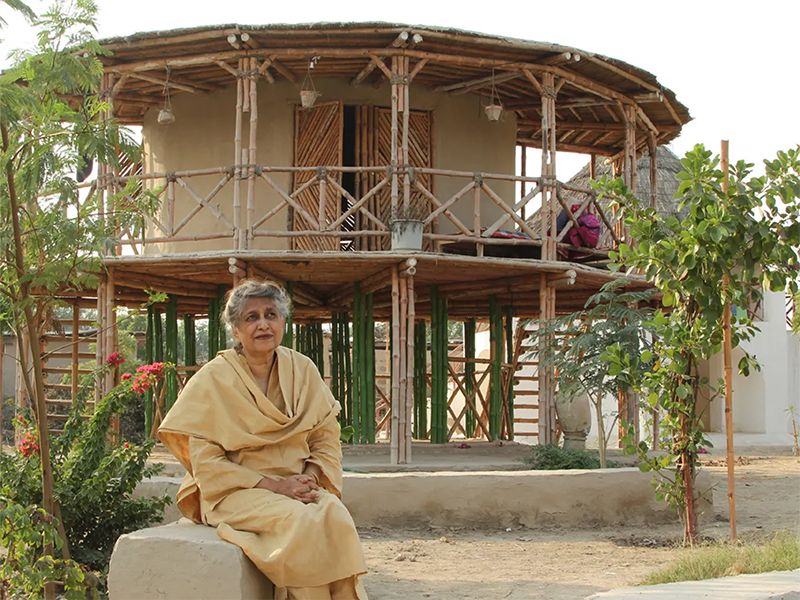
Yasmeen Lari
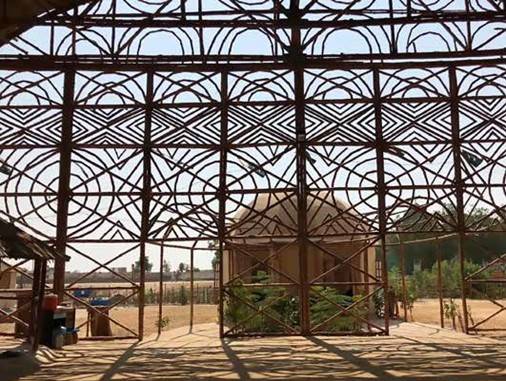
Design by Yasmeen Lari
These values challenge the idea of a starchitect’s work only being a tall glass and steel building adding to a city's skyline. Olajumoke and Yasmeen are considered (at least to me) to be starchitects for having influenced the built environment and field of architecture in a way that exceeds the physical realm.
Bold Design
Women are easily criticised for being ‘too loud’ or ‘too bold’. Additionally, there is a definite idea of what is considered to be more ‘feminine’ architecture, for example, architecture that is organic, refined and soft. Furthermore, many women have spoken up about their experiences working in the built environment saying how they were told to quit architecture and go to interior design ‘to make cushions instead’ for example. Not only does this simplify and decredit interior design, which is a highly complex field, it also suggests that there is a limit to the influence women can have on the built environment.
The following architects are people I look up to for having challenged this and having created beautiful structures that look at the relationship be- tween the natural and built environment in a new way.
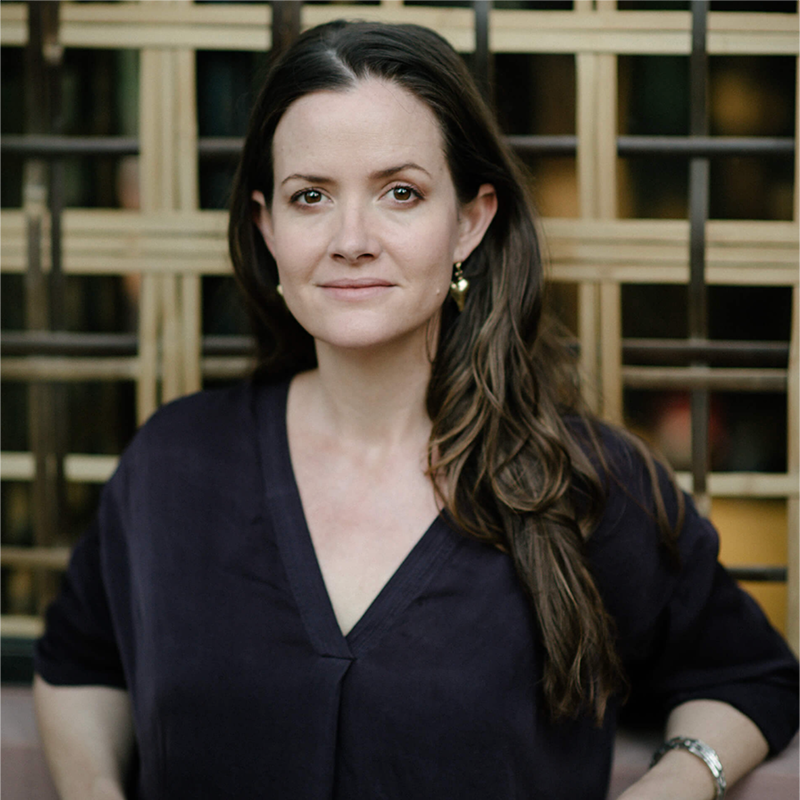
Elora Hardy
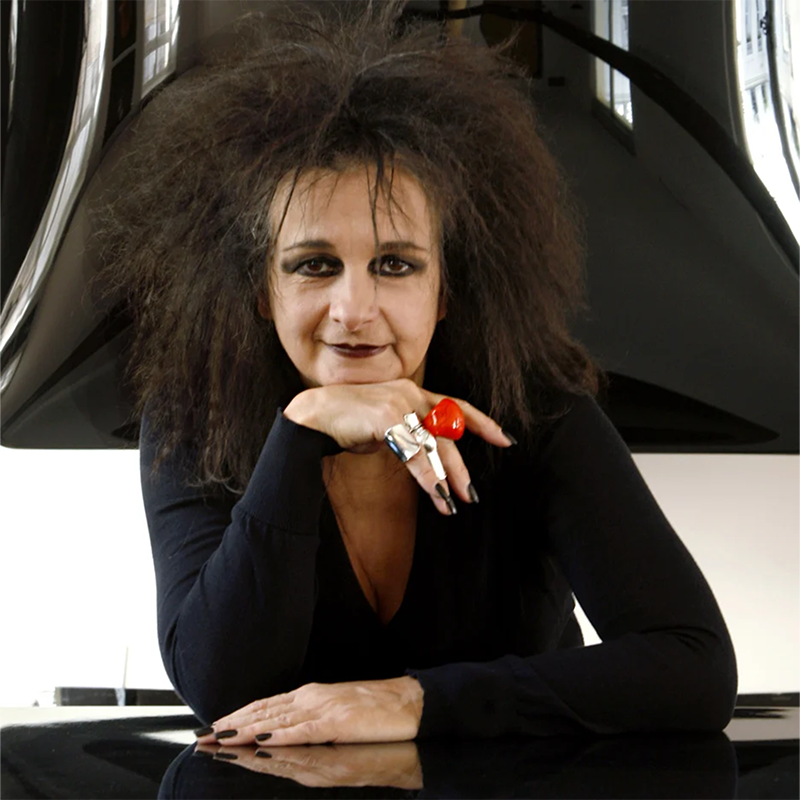
Odile Decq
Odile Decq is a well-known French architect whose work can easily be recognised for its grandiosity as well as its bold and unapologetic use of red in many of her designs. Her designs are made to stand out, a famous example being the staircase at the Opera House in Paris.
Contrastingly, however, equally impressive I like to look at the work by Elora Hardy, founder and director of IBUKU, an architectural firm based in Bali, Indonesia. The work of her firm focuses on the use of Bamboo to create large, impressive structures that connect with nature blurring the lines between the built and natural environment. IBUKU has built over 60 bamboo structures demonstrating the infinite possibilities of this material and taking a leadership role in our movement towards sustainable design.
Odile Decq when designing this staircase was asked to ‘mute’ her design by changing the staircase to a quieter brown or beige colour - she did not do this, sticking with a bold red colour scheme (and I am glad she didn’t). Similarly, Elora Hardy and her consistent focus on bamboo as a primary building material is non-conforming to western-centric ideals, where bamboo is often considered a primitive vernacular material and simple response to architecture. Both create architecture that stands out and work with the surrounding environment in unique ways.
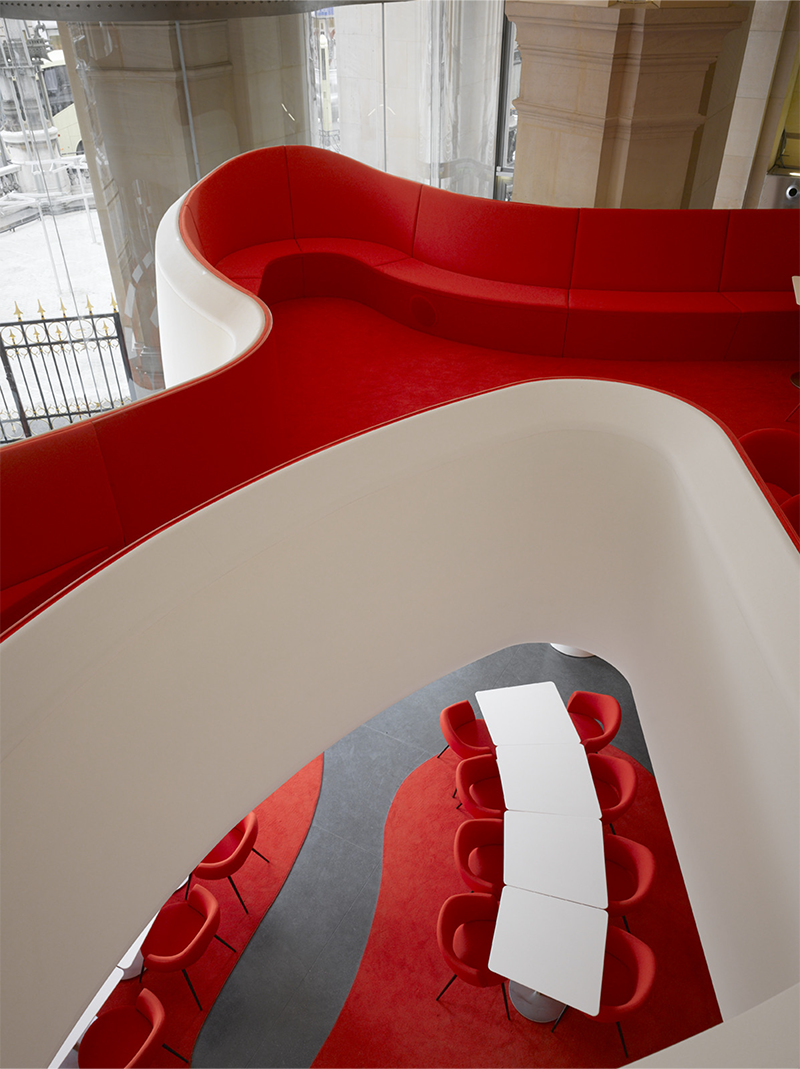
Design by Odile Decq

Design by Elora Hardy
Overall, fields in the built environment are highly interdisciplinary and varying. It is important that we challenge the ‘universals’ and ‘standards’ that have been created in architecture over time and find new ways to tackle issues of social and environmental justice. To do this we must not only accept but appreciate the inherent diversity of the built environment and work done by people around the world.
 Close
Close

